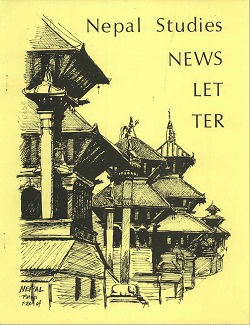Author Biography
Bhavneet Kaur is a Lecturer at the Jindal Global Law School. She is a doctoral candidate at the Department of Sociology, Delhi School of Economics, University of Delhi. Her doctoral work is on practices of remembrance and the making of the social in Downtown Srinagar, Kashmir. Her research has been anchored around the social anthropology of violence, politics of emotion, memory studies, affect theory, and gendered violence. Her work “Politics of Emotion: Everyday affective circulation of women’s resistance and grief in Kashmir” has most recently been published with the Sage journal Ethnography.
Abstract
This paper traces the insidious movement of tear gas shells from the site of jung (Kashmiri reference for stone-pelting, more directly referred to as Kanni Jung) to intimate spaces of homes, interrogating the world of unabated military violence in Downtown Srinagar. It delineates the sensate world of political conflict through the precarious social life of people and their multi-layered relationship with forms of military control, particularly tear gas shells1. In trying to capture the inbetween-ness of toxic tear gas—between striking protestors on the road and permeating inside homes, between explosion and diffusion— I ask: how does this “non-lethal” (Graham 2010: 244) chemical weapon affect the social world of people in Downtown? Can this gas, claiming to function specifically as a resistance-quelling weapon, differentiate neatly between ‘dangerous’ rioting bodies and bodies of civilians or between an azaadipasand2 (Kashmiri for pro-freedom) home and a non-azaadi3 pasand home? Borrowing from Bourdieu’s idea of the habitus (1990), the paper explicates that certain lived realities become embodiments and train the human body to preemptively act and respond in particular ways to everyday unfolding military violence. During the ethnographic fieldwork between 2015 and 2017 in Downtown Srinagar, I attempted to un-layer this sensory landscape of tear gas by exploring narratives of daem (Kashmiri for suffocation) that have acquired a routine texture in this toxic geography.
Acknowledgements
This paper was made possible by the research informants in Kashmir who allowed the author to listen to their narratives and to witness their everyday life. They cannot be thanked enough and the hope is that this attempt at translating their lived reality into words foregrounds the sensory world of violence in which they live. The author is grateful to Yasmeen Arif for her continued support, critical feedback and for nurturing this work like no one else could have. Since it has been a process of many years, multiple versions of this paper came to life and were commented upon by Haley Duschinski, Sravanthi Dasari, and Trishna Senapaty, Sadaf Wani, and Burhan Qureshi. Apart from them, the author is also thankful to the two anonymous reviewers whose comments strengthened and structured the paper. Finally, many thanks to Mona Bhan and Haley who allowed this paper to see the light of day.
Creative Commons License

This work is licensed under a Creative Commons Attribution-Noncommercial-No Derivative Works 4.0 License.
Recommended Citation
Kaur, Bhavneet. 2020. Everyday Suffocations, Smells and Sounds of Jung: Ethnography of Tear Gas in Downtown Srinagar. HIMALAYA 40(1).
Available at:
https://digitalcommons.macalester.edu/himalaya/vol40/iss1/7


